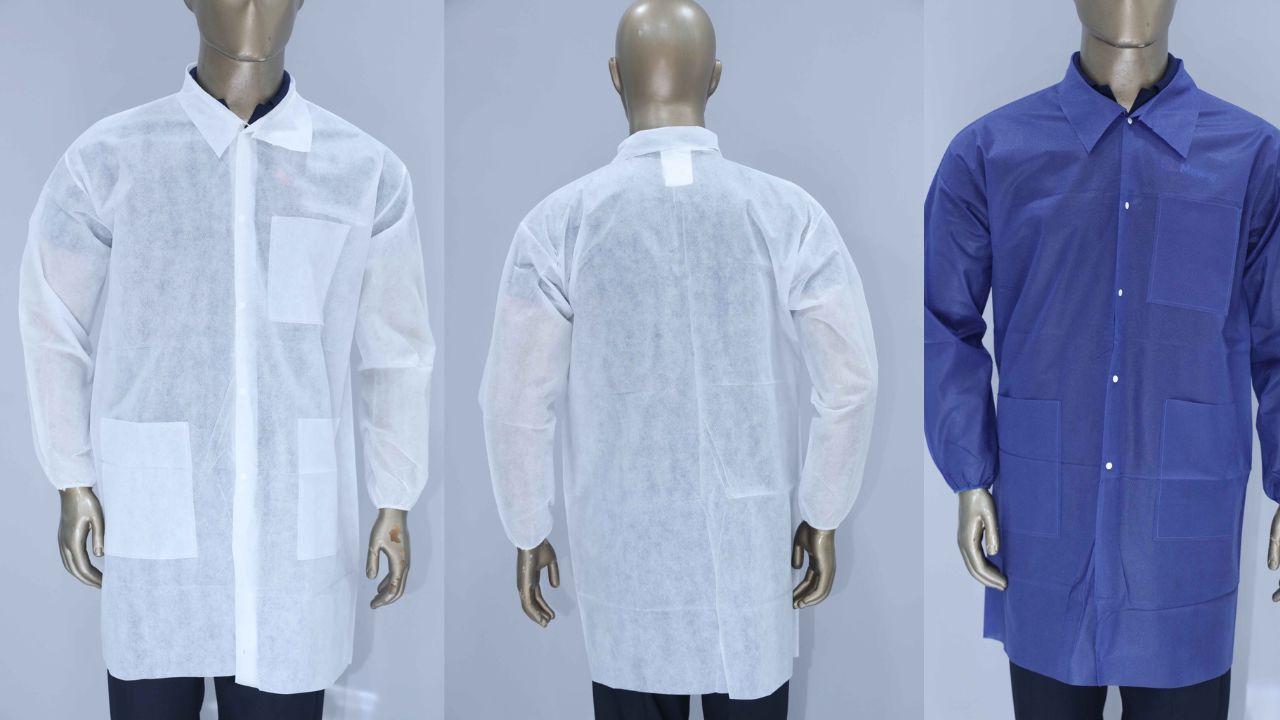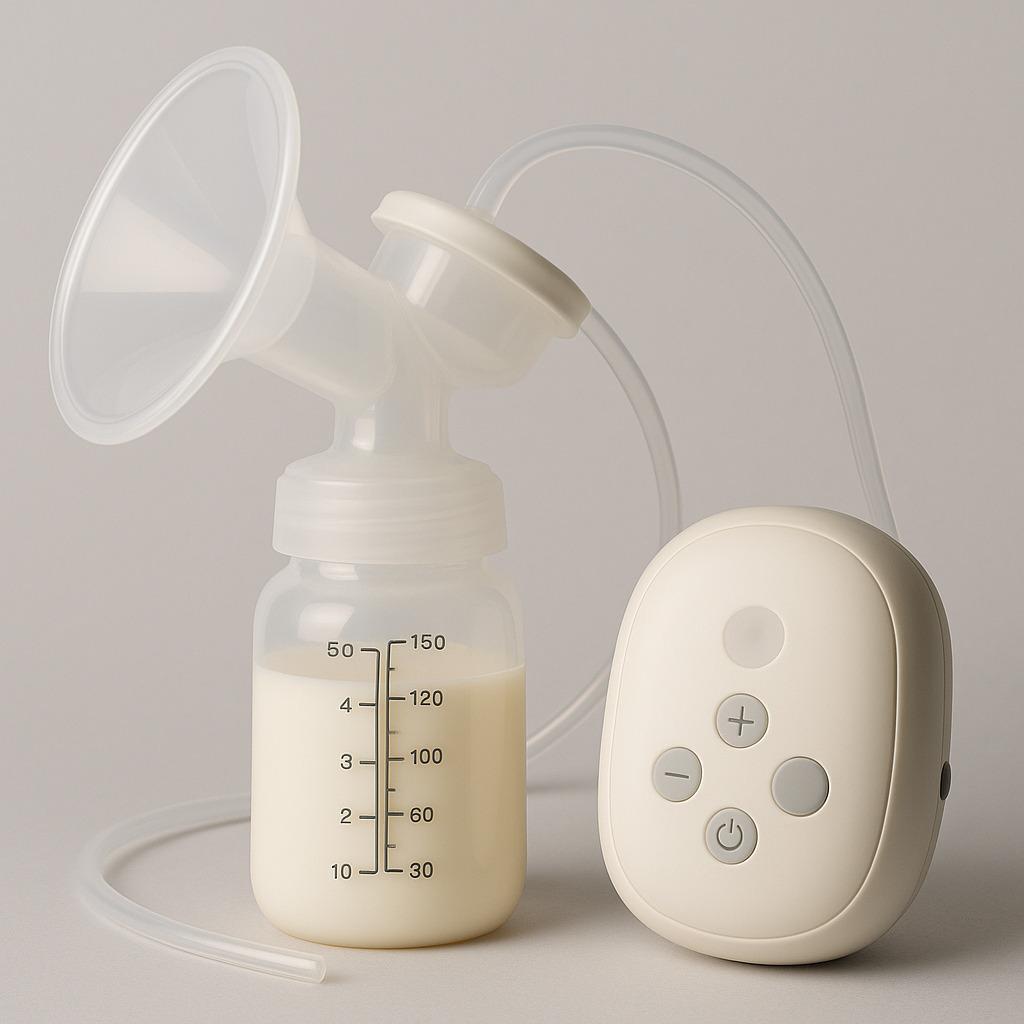How Disposable Cleanroom Garments Improve Contamination Control in Precision Environments

In precision-driven industries such as pharmaceuticals, biotechnology, microelectronics, and healthcare, even the smallest trace of contamination can compromise product integrity, delay production, and increase costs. This is why companies operating in critical environments rely on disposable cleanroom garments - an essential layer of protection that safeguards both processes and people.
These garments are more than just protective wear; they act as a frontline defense against particles, microbes, and fibers that can threaten the sterility of controlled spaces. Let’s explore how disposable attire plays a crucial role in contamination control and why businesses are increasingly adopting them for high-performance environments.
Why Contamination Control Matters in Precision Environments
In industries where quality cannot be compromised, contamination is not just a risk - it’s a liability. For example:
- Pharmaceutical labs face risks of microbial contamination that can affect drug safety.
- Electronics manufacturing requires dust-free zones to prevent damage to delicate components.
- Biotechnology facilities must eliminate cross-contamination to maintain integrity in research and production.
Maintaining these sterile standards requires more than just air filtration systems and controlled workflows. Human workers are among the greatest contamination sources, releasing particles through skin flakes, hair, and clothing. This is where cleanroom apparel steps in.
The Role of Disposable Cleanroom Garments
Unlike reusable garments, which require repeated laundering and validation, disposable cleanroom garments are designed for single use - eliminating the risk of residual contaminants and reducing maintenance costs. Their effectiveness lies in three main factors:
1. Barrier Protection
High-quality materials such as non-woven fabrics prevent the passage of airborne particles and microorganisms. This ensures that contaminants from workers do not compromise the cleanroom environment.
2. Comfort and Fit
Ergonomically designed garments ensure workers can move freely without compromising the seal of the garment. Breathable fabrics maintain comfort during long working hours, which improves compliance among staff.
3. Reduced Cross-Contamination
By discarding garments after each use, organizations can reduce the possibility of pathogens or particles being carried from one zone to another.
Disposable Coat Apron: An Added Layer of Protection
While coveralls, masks, and shoe covers are common in cleanroom apparel, the disposable coat apron has emerged as a practical solution for added protection. It is often used in areas where workers need partial coverage or an extra layer over their main attire.
Benefits include:
- Easy to wear and remove, minimizing the risk of contamination during gowning and degowning.
- Provides quick coverage for visitors or staff moving between zones.
- Cost-effective for situations that do not require full-body suits but still demand strict hygiene.
By combining cleanroom garments with aprons, businesses create a multi-layered defense system against contamination.
Key Advantages of Using Disposable Cleanroom Apparel
1. Consistent Hygiene Standards
Every new garment ensures a fresh layer of protection, avoiding inconsistencies linked to reusable clothing.
2. Operational Efficiency
No laundering or sterilization cycles means less downtime and fewer operational costs.
3. Regulatory Compliance
Disposable garments make it easier to meet stringent industry guidelines for contamination control.
4. Enhanced Safety for Workers
Apart from protecting products, these garments safeguard employees from potential exposure to chemicals, pathogens, and particulates.
Choosing the Right Cleanroom Garments
Not all garments are created equal. Decision-makers should look for:
- Fabric quality: Non-woven, breathable, and resistant to tearing.
- Design and fit: Secure closures, elastic cuffs, and ergonomic tailoring.
- Compatibility: Integration with other protective gear like gloves, masks, and shoe covers.
A trusted supplier, such as Dispowear Protection, ensures garments meet international quality standards while remaining affordable and scalable for industries of all sizes.
The Future of Contamination Control
With the rising need for precision and stricter compliance in global supply chains, the demand for disposable cleanroom garments and related apparel is only expected to grow. As businesses innovate, the focus will remain on achieving a balance between safety, efficiency, and sustainability.
In controlled environments where precision is non-negotiable, disposable cleanroom garments and accessories like the disposable coat apron offer unmatched protection against contamination. They not only safeguard products and processes but also strengthen a company’s reputation for quality and compliance.





